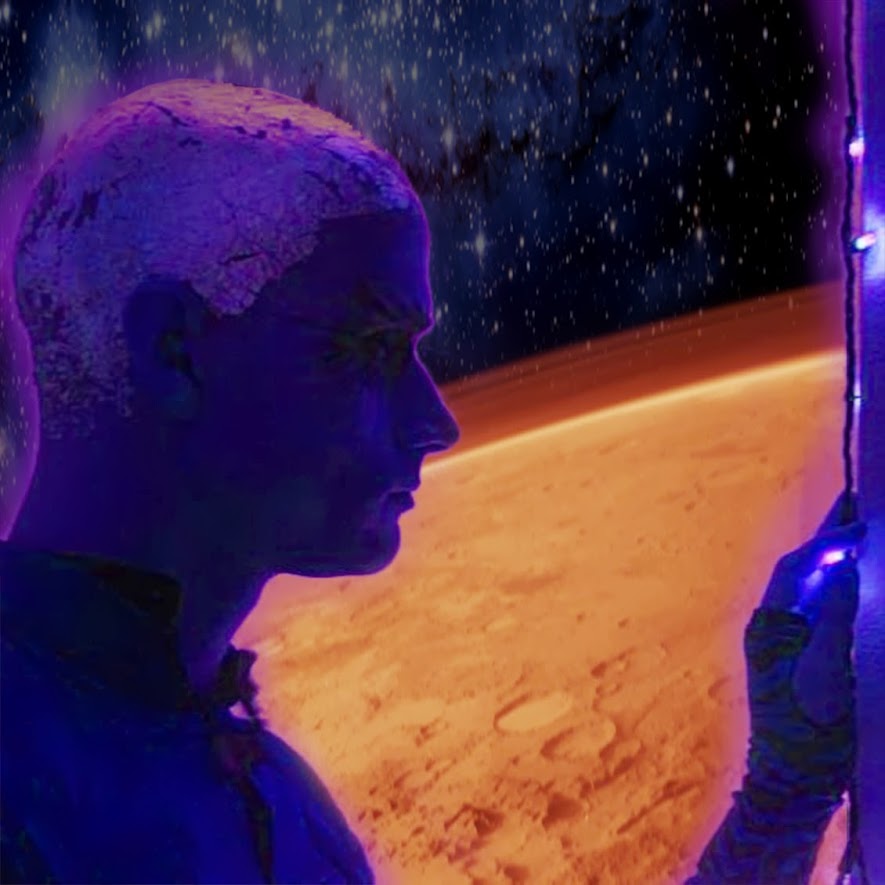I spent the five happiest years of my life in a morgue. As a forensic scientist in the Cleveland coroner’s office I analyzed gunshot residue on hands and clothing, hairs, fibers, paint, glass, DNA, blood and many other forms of trace evidence, as well as crime scenes. Now I'm a certified latent print examiner and CSI for a police department in Florida. I also write a series of forensic suspense novels, turning the day job into fiction. My books have been translated into six languages.
Sure, because fingerprints will have ridges and gloves will not.
I was going to email your teacher but you didn't give me her complete address, just her name. Please go to my website and hit 'contact me' and let me know where to send a response. Thanks and good luck with your project.
Okay I will email you. I also suggest you give yourself more lead time on future assignments....
Yes, quite possible. The breast bone blocked the bullet from hitting anything vital and so it wouldn't be fatal. We've had plenty of people shoot themselves in the head but the skull deflected the bullet enough that they either survived or had to fire a second shot.
Programmer
 Is Mark Zuckerberg really a genius programmer? Or was he just lucky?
Is Mark Zuckerberg really a genius programmer? Or was he just lucky?
Dry Cleaner
 What happens to clothing at dry cleaners that goes unclaimed?
What happens to clothing at dry cleaners that goes unclaimed?
3D Games Developer/Programmer
 How does 3D fool the human brain into seeing an extra dimension?
How does 3D fool the human brain into seeing an extra dimension?
A good knowledge of chemistry is helpful to be able to understand why certain processes work the way they do. We use math to mix reagents and calculate angles in bloodstain pattern interpretation. Any knowledge can be helpful because we deal with every kind of person, job, situation, and object there is.
I do both, but it depends entirely on your department. People at smaller departments usually have to cross train and fill several roles. At larger departments with more personnel, people may specialize. The only way to know is to call the agency you want to work at and ask.
You have to have good attention to detail, can work under stress and unpredictable circumstances, be patient and cautious.
-OR-
 Login with Facebook
Login with Facebook (max 20 characters - letters, numbers, and underscores only. Note that your username is private, and you have the option to choose an alias when asking questions or hosting a Q&A.)
(A valid e-mail address is required. Your e-mail will not be shared with anyone.)
(min 5 characters)
By checking this box, you acknowledge that you have read and agree to Jobstr.com’s Terms and Privacy Policy.
-OR-
 Register with Facebook
Register with Facebook(Don't worry: you'll be able to choose an alias when asking questions or hosting a Q&A.)